Leros, With Friends
June Notes
I’ve been back in Bodrum for a couple of days now, catching up on work and easing into the rhythm of summer.
This piece is from a few quiet days spent on a boat in Leros. It wasn’t a trip built around discovery—just some swims, some meals, and the moments that settle in without trying.
As always, I’ve included a few notes I’d want to know if I were heading there myself. Enjoy the read—and if you’ve been to Leros, I’d love to hear what stayed with you.
Yasas,
Dilara
Leros isn’t a destination you plan your summer around. But if you ever find yourself there—between boats, or on a quieter route through the Dodecanese—here are some notes you might want to hold on to.
We anchored in Pandeli Bay for a few days in early June—before the music, before the season tips into full speed. I’ve always preferred islands when they’re still quiet. You arrive at a bay and there are only two other people in the water. The roads feel empty. Even the air holds back a little.
Most sailors stop here. The bay is protected, the dinghy ride ashore is short, and you can walk to most things. We didn’t come looking for much—just a few swims, a few meals, and the kind of stillness that stays with you.
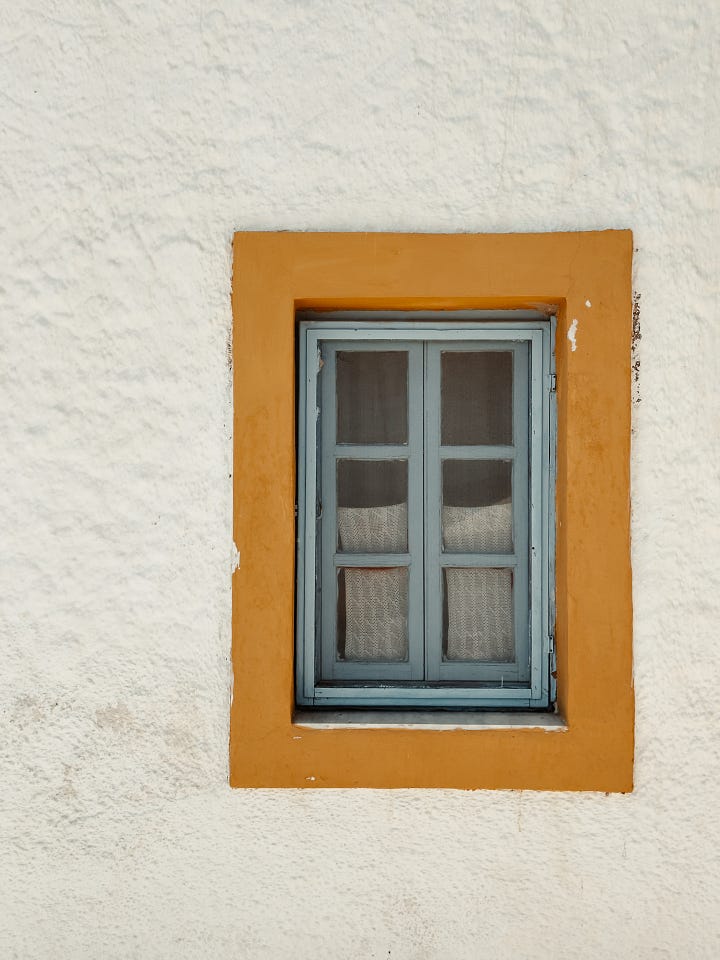
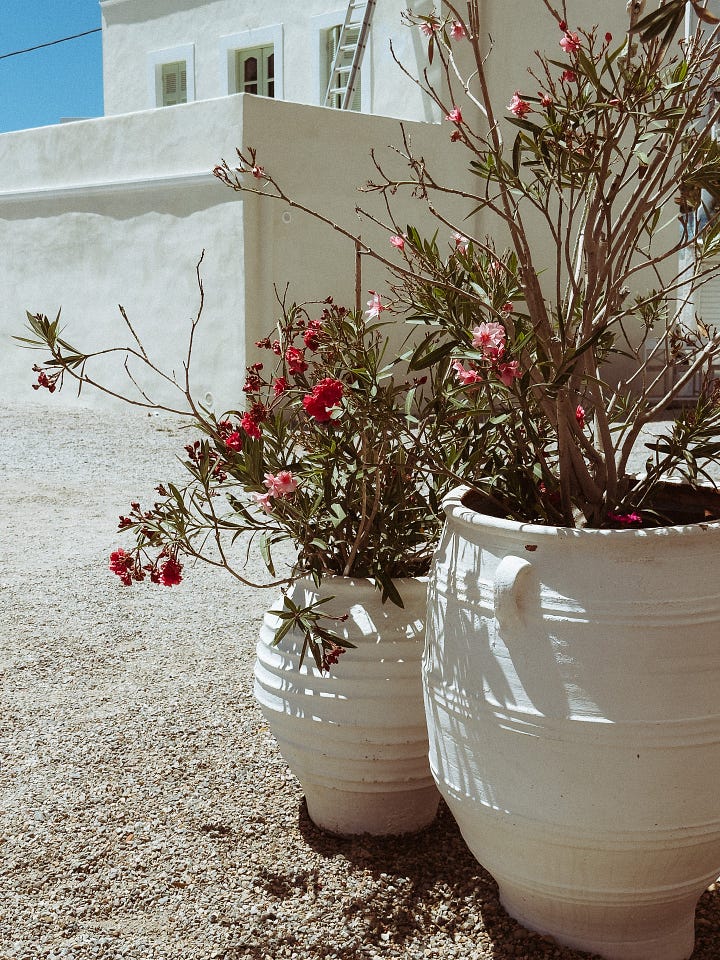

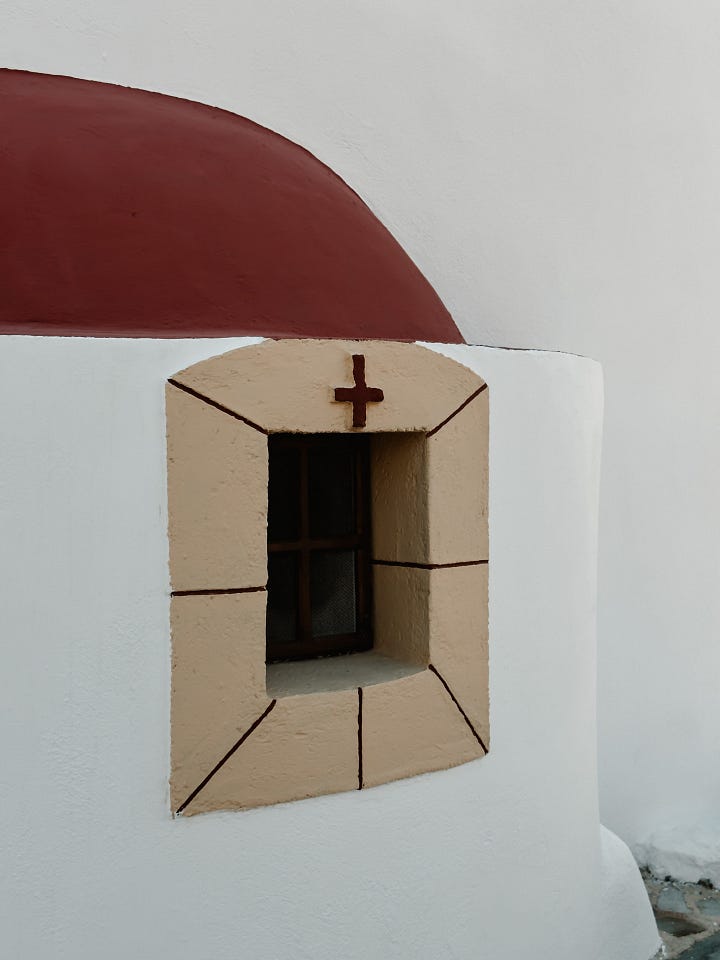
We stepped off the boat and walked straight to lunch. Zorbas is right on the edge of the bay—wooden chairs on stone, the sea just a few meters away. The tarama came first. Light as air, pale and silky, with lemon zest grated over the top. That one detail changed everything—lifted the texture, cut the weight, and made the whole thing feel cold and clean. The fries were hand-cut, perfectly crisp, no oiliness. Probably the best thing we ate on the island.
Mussels came under a soft lemon cream foam—briny, restrained, and it stayed with us. We also had a plate of horta—pan-seared, not boiled—served over a lemony yogurt sauce so airy it held its shape. The greens were just wilted, still vivid, with a bit of char here and there.
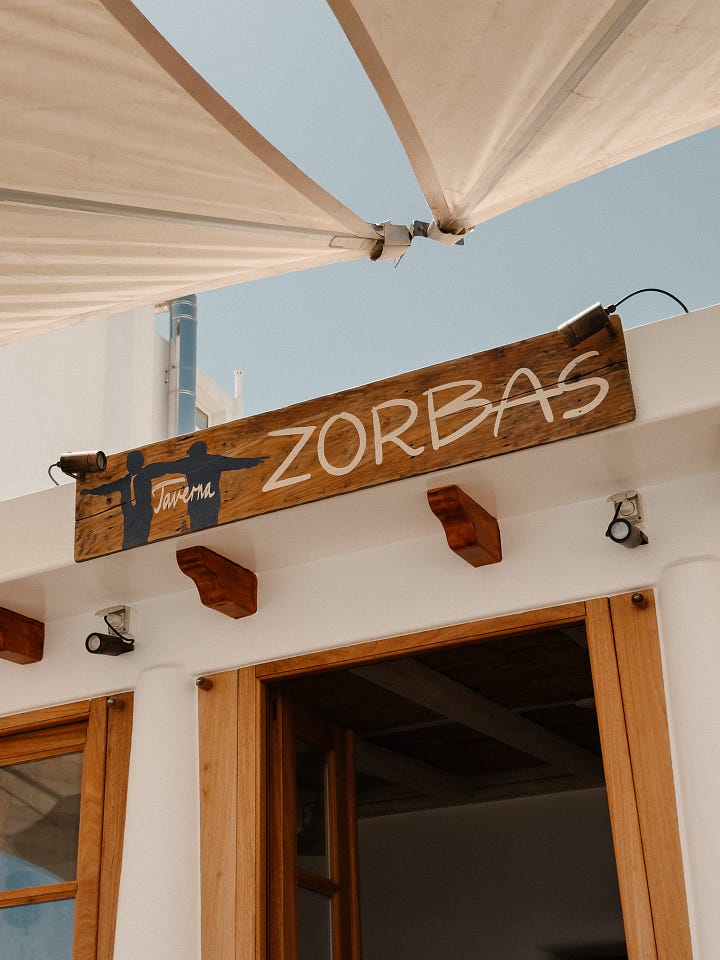

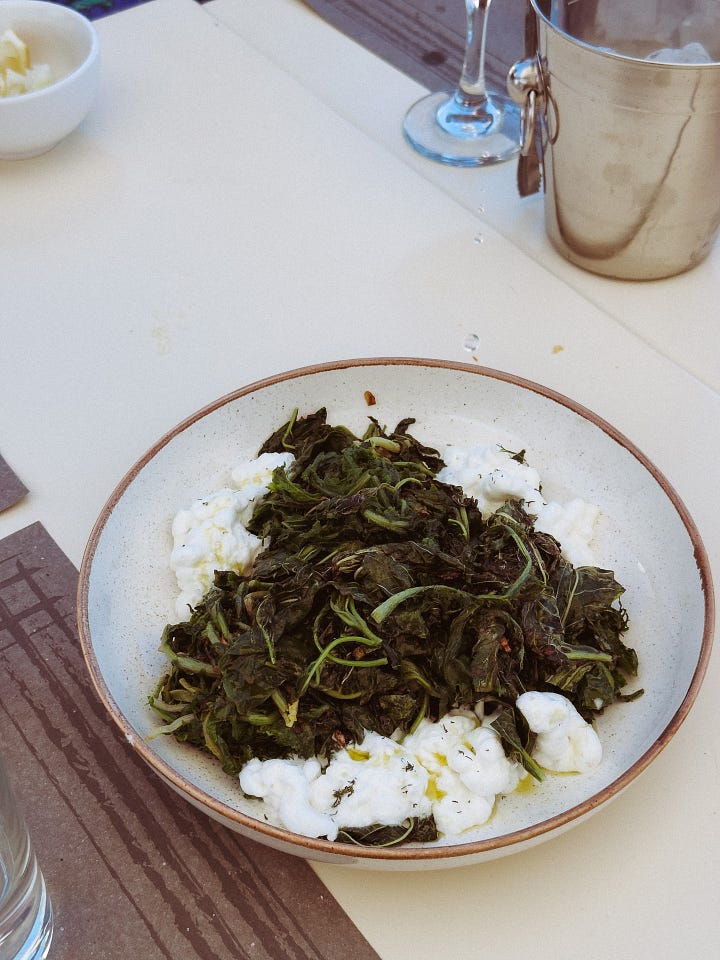

That night, we rode around the bay to Sotos. We started with fish pastırma—deeply cured, full of umami. Then came fiska, a briny sea mollusk, naturally tangy, somewhere between pickled and raw. The kind of taste you might grow into.
The scallops were served raw, like oysters—cool, clean, and unadorned. A Greek salad came in the middle, along with a plate of almira. Lightly boiled and dressed in olive oil, garlic, and lemon, almira is a wild green that grows by the sea. Earthy and tender, with a soft bitterness, it works especially well next to grilled fish. If you see it on a menu, try it.
Sotos didn’t try to impress. It just brought what it had, and let the table do the rest.
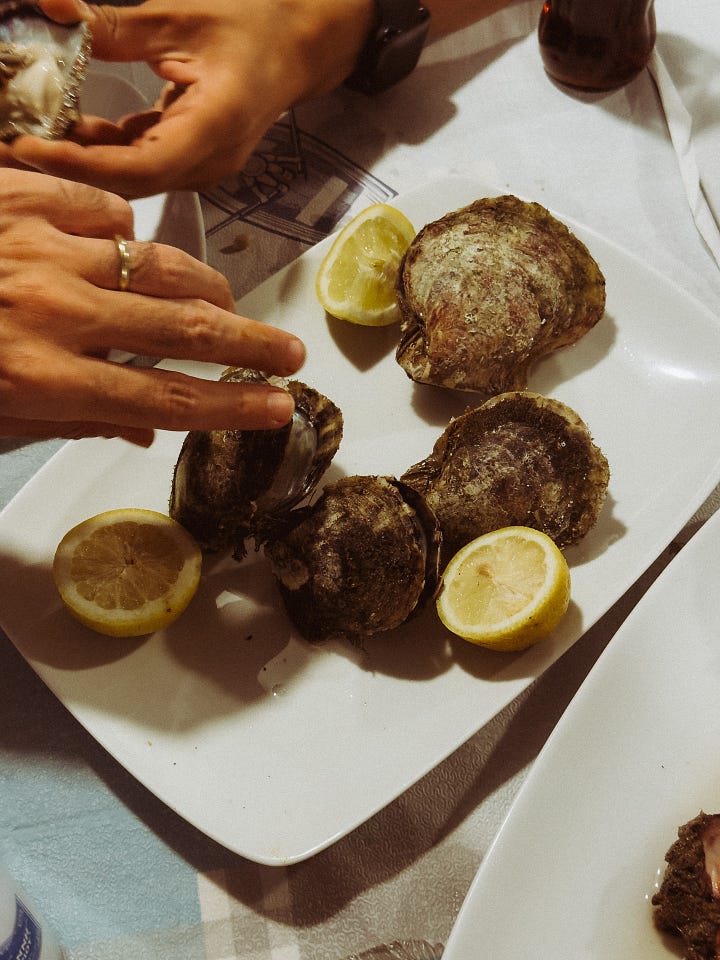
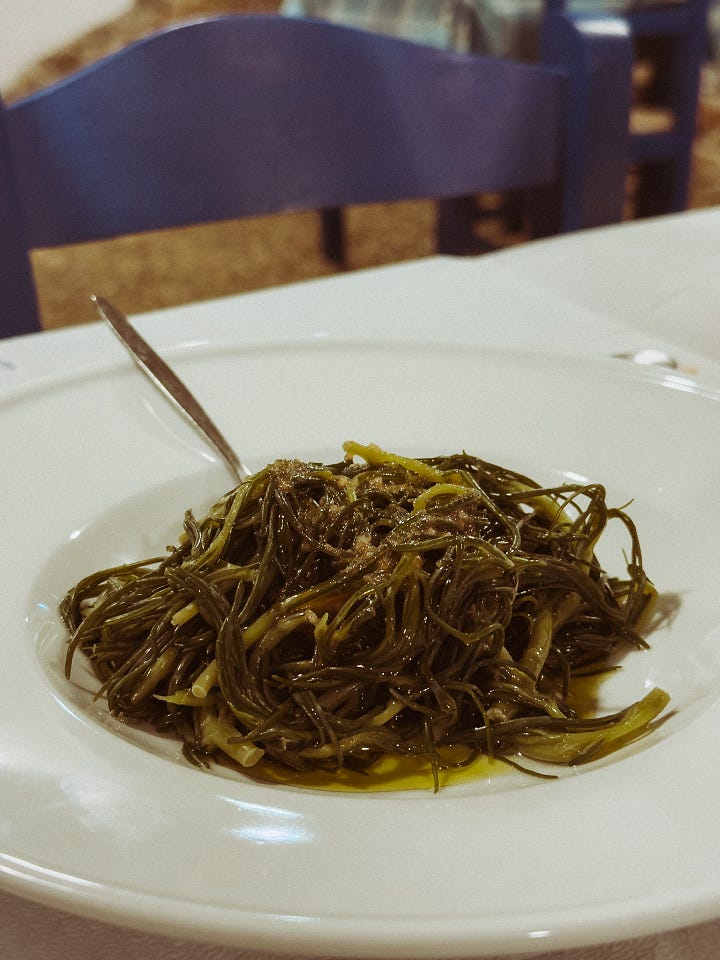
The next morning started with fresh eggs and thick Greek yogurt at Marietta’s Bistro—served with fruit, honey, and a good avocado. Just simple things, done right. After breakfast, we swam at Agia Kioura, a quiet beach past the church of Saint Matrona. No umbrellas, no signs. Just flat water, pale rocks, and a silence that holds.
Later, we stopped by Lalas Fish to pick up bottarga—a block for pasta and a jar of the powder to bring home. Back on the boat, Bekir Kaptan tossed the pasta with olive oil, lemon, a splash of cooking water, and a generous grating of bottarga. Salty, bright, topped with lemon zest.
On the side, Ayşe Kadın beans—sliced on the bias, sautéed in olive oil with garlic until they took on a little char. Not zeytinyağlı style. Hot, quick, full of contrast. Worth recreating.
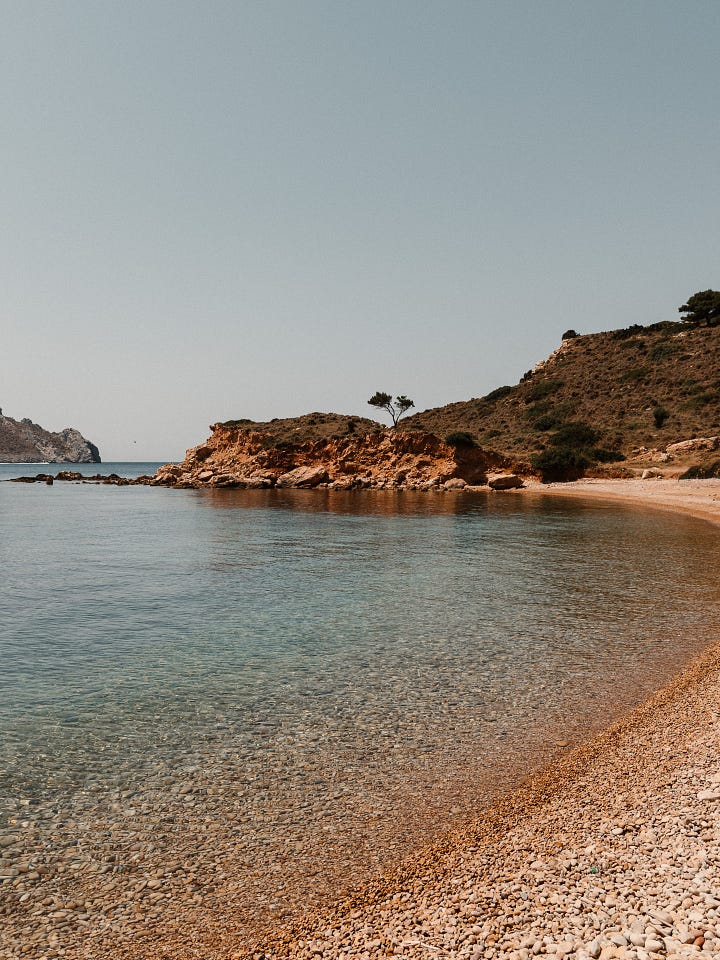

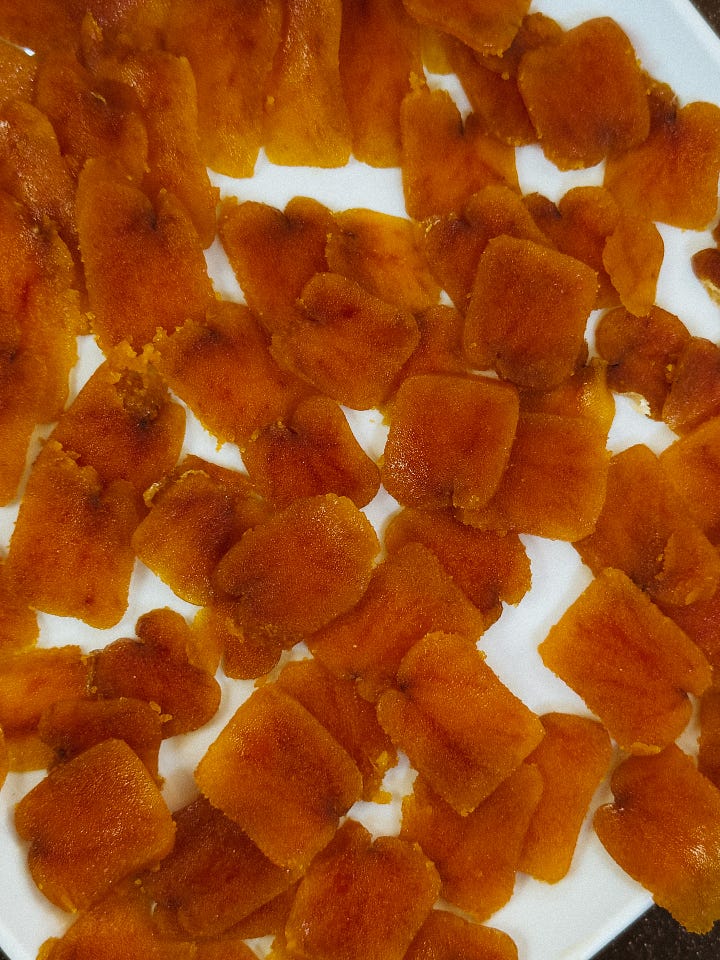
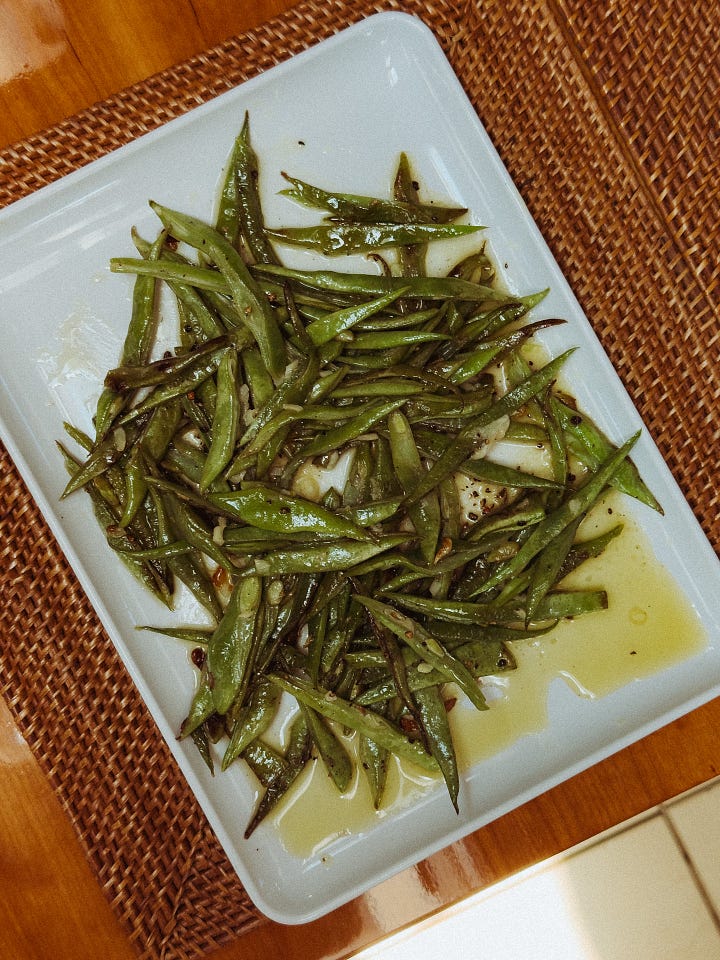
We arrived at Dimitri’s Tavern just before sunset. The place was busy, but not rushed. The grilled karavida stood out—likely poached first, then halved and finished on the grill. Sweet and tender. The prawns were plump and juicy. The steamed vegetables are always my favorite—vibrant, warm, dressed in a light garlic-lemon sauce. If I return, I’ll keep it simple: grilled fish or seafood pasta. Both looked honest and well-executed.
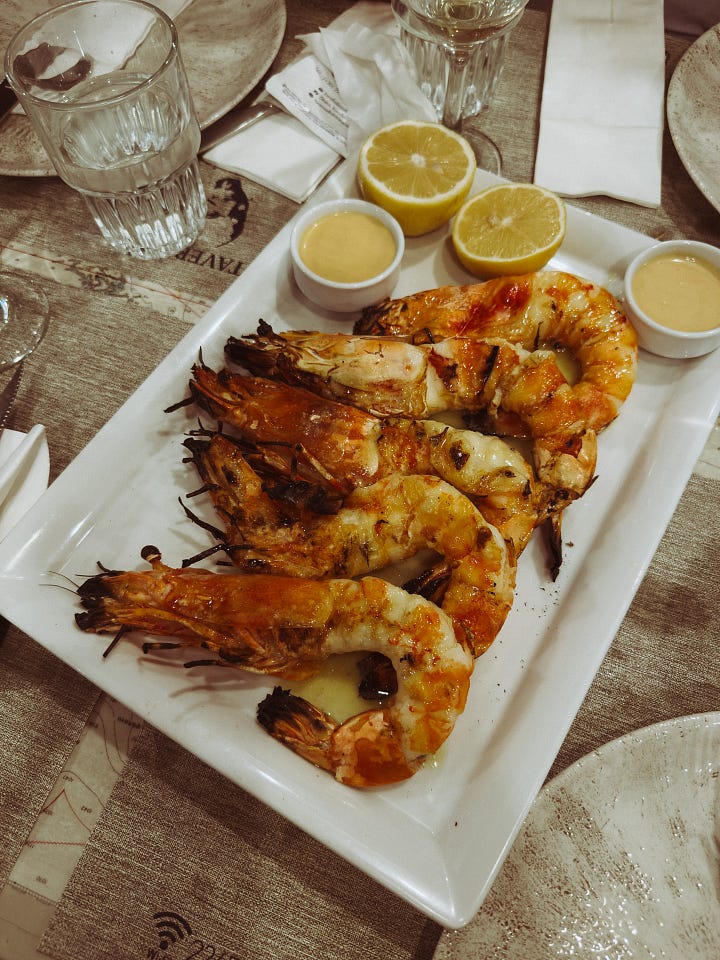
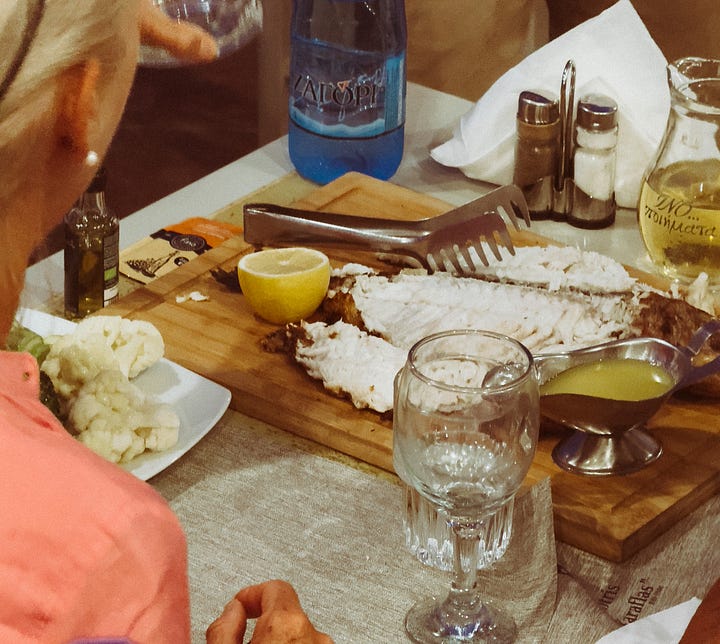
We walked a lot. Up to the castle, past the ruins, and into the small chapel at the top, where we lit a candle. The view from there stretches across Pandeli and Agia Marina. Harris’s Bar is just below, tucked into the hillside with panoramic views. We didn’t go in—no reservation. But it looked perfect for a sunset drink.
One of the best ways to understand a Greek island is to walk it. The climbs and descents, the shift in light between olive trees. You pass a goat, a cat asleep in the shade, someone swimming just after sunrise. Sometimes, you need the pace of a walk to catch what you’d otherwise miss.
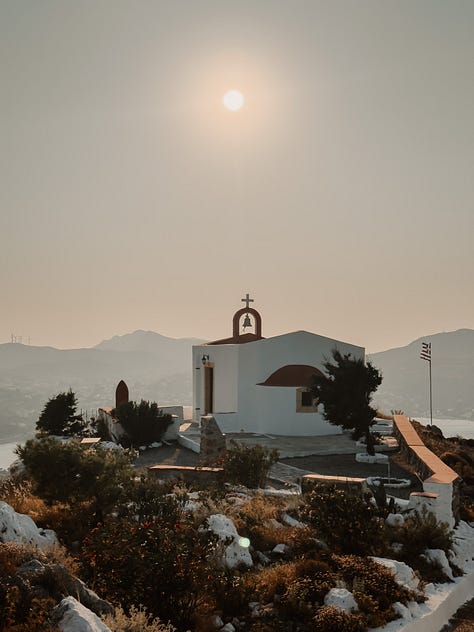
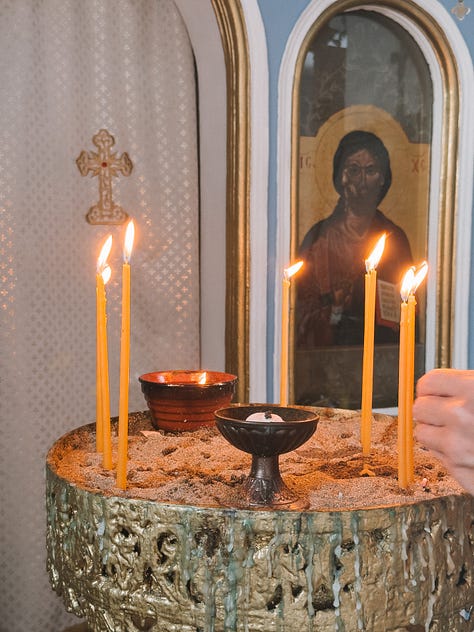
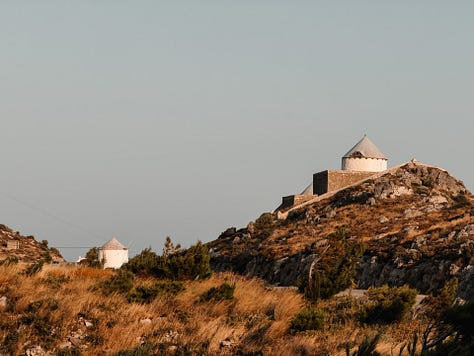
We didn’t make it to Mylos—probably the most talked-about restaurant on the island. It’s inside an old windmill in Agia Marina, and known for more refined takes on Greek seafood. You need to book ahead. We kept things casual this time, but if you're planning a trip, make a reservation.
A Note on Greek Wines
We drank whatever was cold, and most of it was good. Greek white wines—especially the ones you come across on the islands—are some of the quietest, most dependable things on the table. They don’t try too hard. They just go with the food, and in the heat of a Greek summer, they make perfect sense.
Most of them are dry, light, and easy to drink. Think of them as wines that belong at the table: they cool your body down, lift the food, and bring a little clarity to the heat.
My favorite was Gaia Thalassitis, an Assyrtiko from Santorini. You’ll almost always come across Assyrtiko, especially around the Cyclades. It’s sharp, mineral, and clean—like squeezing lemon over grilled fish.
The other two bottles were Moschofilero, from the Peloponnese—floral and softer, still fresh, a little more aromatic. It works well with feta, dolmas, or anything herby.
In general, Greek island whites have a kind of honest restraint. They’re meant to be drunk young, often a little too cold, sometimes even with ice—and that’s okay. In that context, on a ferry or by the sea, after a swim, they’re exactly right.
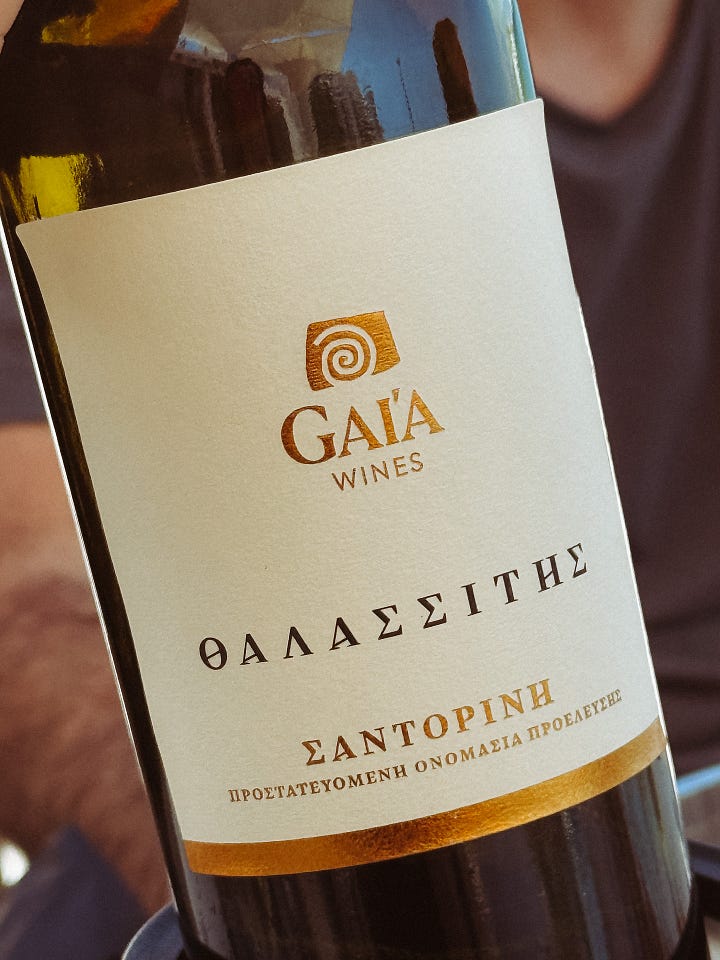
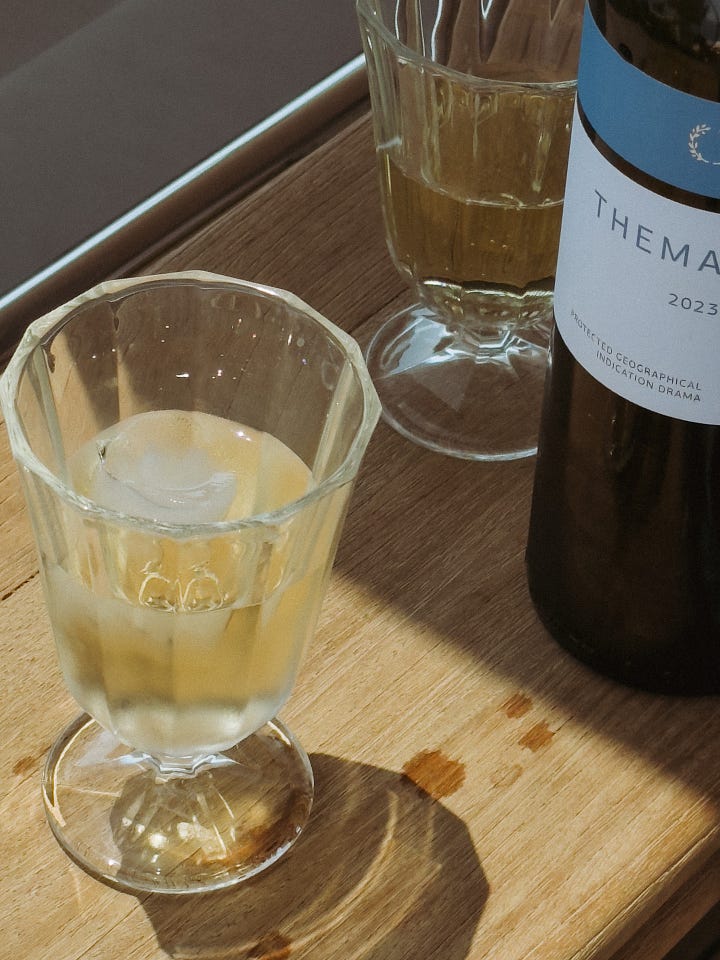
What to Eat on the Islands
Some things are just right on a Greek island. Sea urchin, for one. Eaten raw, the way we do in my family—doused with olive oil, lemon, a splash of red wine vinegar, and finely chopped red onion. Stirred gently, spooned over crostini, with a glass of cold Assyrtiko. It’s salty, creamy, briny. A singular meal. One that crowns the table.
Then there’s tzatziki. Yellow split pea fava. Tarama, if it’s good—light and whipped, never dense. Grilled octopus with olive oil and vinegar. Fried zucchini—thin, golden, curled at the edges. A pile of calamari, papalina, or local shrimp, still tasting of the sea. Fries, always better than expected. A Greek salad that’s just tomatoes, cucumber, onion, green pepper, olives, and a block of feta—no tricks.
Horta or almira on the side. Boiled greens, dressed with olive oil and lemon. Every place does them a little differently, but they always land the same: earthy, clean, good with anything grilled.
Fish is usually whole and simple—grilled, salted, served with lemon. Some days, there’s lobster, langoustine, or scampi. The good places don’t complicate them. Just olive oil, a bit of heat, maybe a touch of vinegar.
Greek food on the islands is rarely fussy. It’s not about reinvention. It’s about balance, salt, lemon, the right temperature, and not ruining a good ingredient. When it’s right, it feeds something deeper than hunger.
And that’s the real luxury—when the food doesn’t try to impress you, and still does.




Loved this, thank you! Heading there end of July carrying this inspiration with me✨🫶🏻